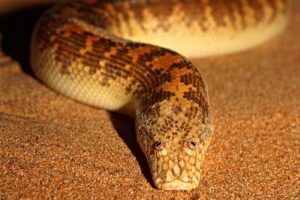The Latin name for mayflies is Ephemeroptera, but one of their main characteristics is their short lifespan after they take their final form.
This tribe of freshwater flies has existed for the last 350 million years and is therefore much older than, for example, the dinosaurs. However, very few fossils have been found.
Now, a multinational group of scientists, including at the University of Granada, has discovered such a fly in a block of electricity.
Not only did it turn out to be an unusually well-preserved fly, but microscopic and 3D scans revealed that the fly was of a previously unknown species. The results have now been published in Scientific Reports.
Here are close-ups of Calliarcys antiquus in a clove. Transparent body parts can be difficult to see. In the picture here, both parts of the abdomen and the wings are transparent, so it can be difficult for scientists to identify the species and sex. With new micro-CT scans, researchers can now fill in these transparent spots.
The newly discovered fly belongs to the family Leptophlebiidae and has been named Calliarcys antiquus.
The fly is believed to be between 35 and 47 million years old and has therefore been around in the Eocene period and near the area where the Baltic states are now.
The researchers used state-of-the-art X-ray microscopy technology, which can produce 3D CT scan images of subjects as small as 0.5 micrometers.
The technology works like CT scanners in hospitals but achieves a higher resolution. In this high resolution, it is possible to see all the smallest details without having to cut anything apart.
With the help of these images, it turned out to be possible to reconstruct the fly as a whole.
After that, the researchers compared the fly to other diurnal flies of the family Leptophlebiidae.
For more detailed research, DNA samples were analyzed and also compared to extant species.
On that basis, it was determined that the species had never been found before.
“In a nutshell, it all started with a beautiful fly in a block of electricity. She immediately attracted the attention of the expert eye,” says Javier Alba, professor at the University of Granada in a press release.
In addition to being able to determine a completely new species, the work opened up new technical possibilities for the study of fossils in the reef.









